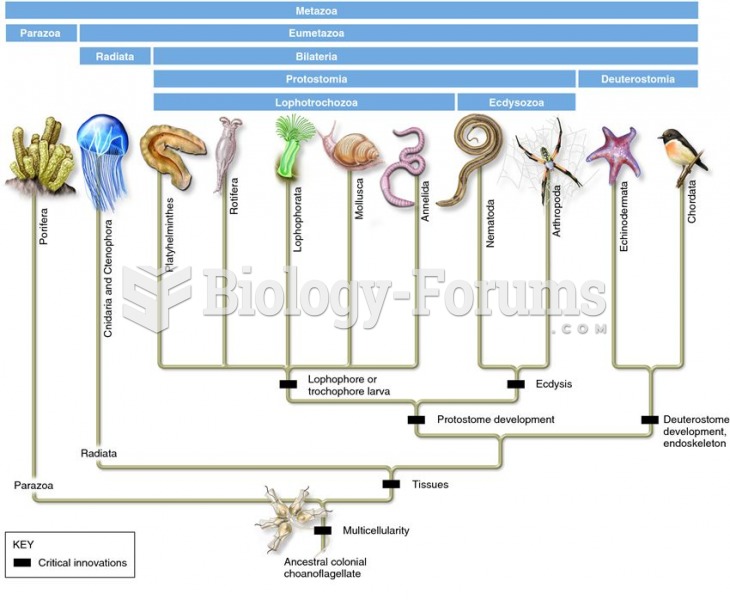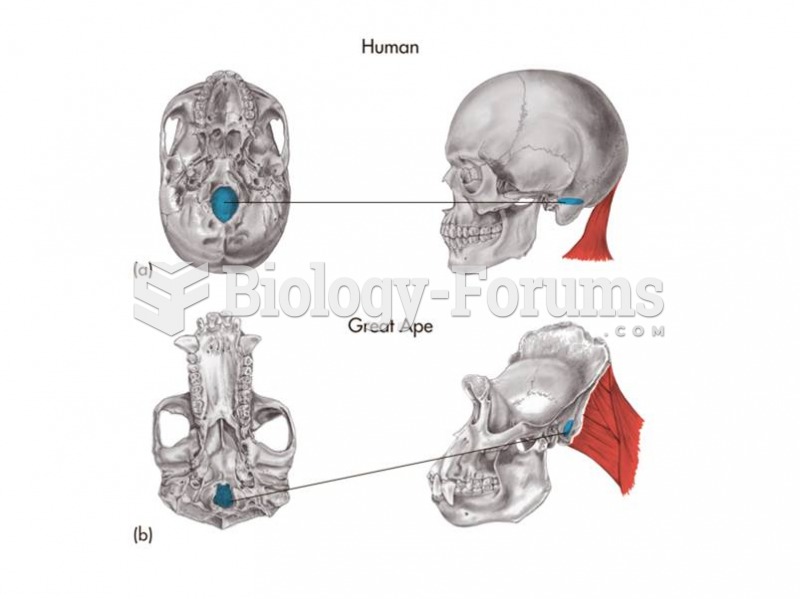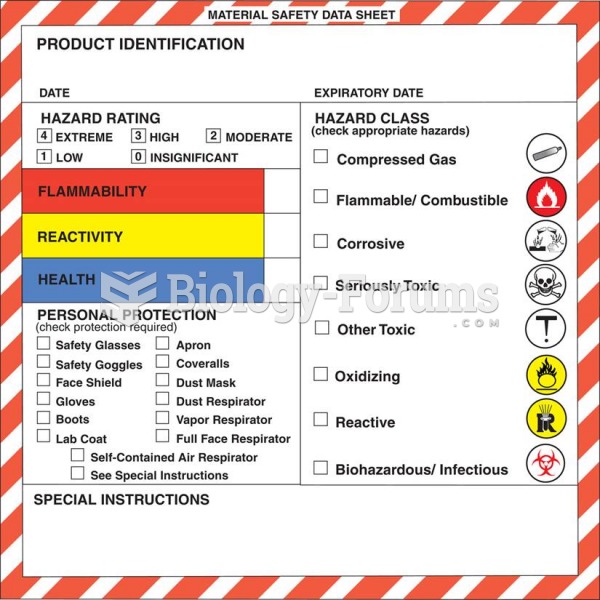Answer to Question 1
Answer: C
Explanation: A) Incorrect. Artificial constraints occur when an individual defines a problem too narrowly, limiting the scope of possible solutions. The conceptual block involving a difficulty determining the difference between important and unimportant data is called separating figure from ground.
B) Incorrect. Ignoring commonalities occurs when an individual fails to see similarities between disparate pieces of data. The conceptual block involving a difficulty determining the difference between important and unimportant data is called separating figure from ground.
C) Correct. The conceptual block involving a difficulty determining the difference between important and unimportant data is called separating figure from ground. More simply, it is the inability to constrain problems sufficiently so they can be solved.
D) Incorrect. Noninquisitiveness occurs when an individual fails to ask questions about a particular problem or solution. The conceptual block involving a difficulty determining the difference between important and unimportant data is called separating figure from ground.
Answer to Question 2
Answer: B
Explanation: A) Incorrect. Bias against thinking occurs when individuals prefer activity in place of mental work. An attempt to overcome this conceptual block would likely involve restrictions on activity or setting aside time for thought and contemplation. Here, your boss is encouraging the team to ask questions, which appears to be directed more toward the noninquisitiveness conceptual block.
B) Correct. Here, your boss is encouraging the team to ask questions, which appears to be directed toward overcoming the noninquisitiveness conceptual block.
C) Incorrect. Separating figure from ground is a subset of compression. It is the inability to filter out inaccurate, misleading, or irrelevant information.
D) Incorrect. Compression consists of defining a problem incorrectly, either too broadly or too narrowly. Here, your boss is encouraging the team to ask questions, which appears to be directed more toward the noninquisitiveness conceptual block.







